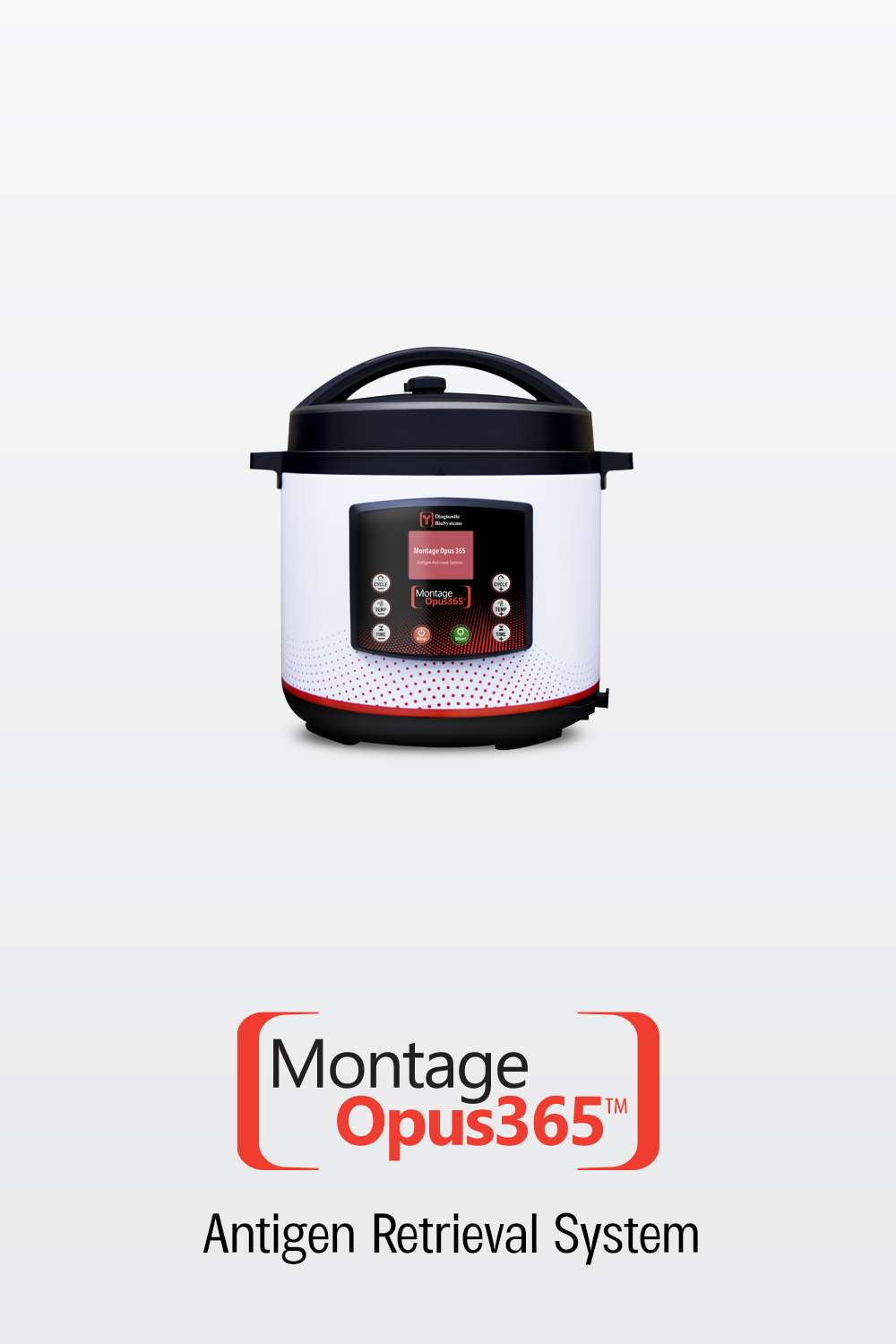CANCER AWARENESS
Melanoma Cancer Awareness
May is Melanoma Cancer Awareness Month! This month let’s raise awareness about this deadly form of skin cancer and educate ourselves and our loved ones about prevention and early detection.
Melanoma is caused by DNA damage to skin cells, often from UV radiation. Melanoma can also form in the eyes, and rarely inside of other organs in the body. Early detection is key to successful treatment. If melanoma is caught at early stage, such as “thin melanoma”, the five-year survival rate is very high and approaching to 99%. However, if the melanoma reaches late stage showing metastasis to other organs the five-year survival rate decreases to around 70%.
In melanomas, IHC is used to detect the presence of specific proteins (antigens) that are commonly found in melanocytes and/or in melanoma cells. One such antigen is melan-A, a protein that is involved in the production of melanin, the pigment that gives skin its color. Other commonly used melanoma markers include S-100 protein, HMB-45, Mart-1 (Melan A), Tyrasinase PNL2, SOX10, and Microphthalmia transcription factor (MiTF) etc..
PRAME (preferentially expressed antigen in melanoma) is a cancer testis antigen expressed by melanoma and other malignant neoplasms with expression in almost no adult tissues and being largely restricted to testis. PRAME-specific rabbit monoclonal antibody can be applied in immunohistochemistry for detecting malignant melanoma cells with unique crispy nuclear staining pattern. PRAME antibody is highly sensitive and specific in making a diagnosis of melanoma and very useful for clinicians to make therapeutic decision.




